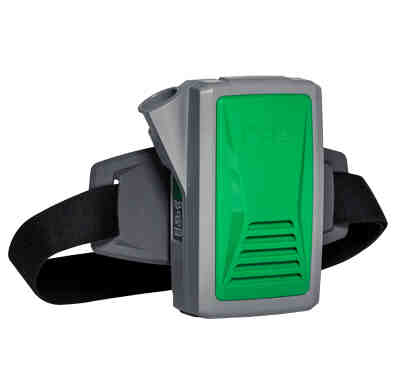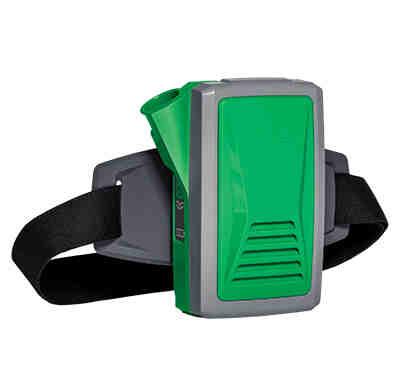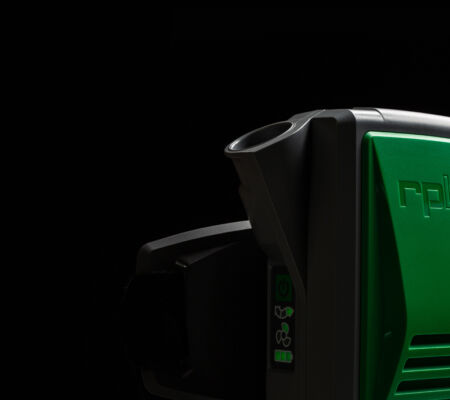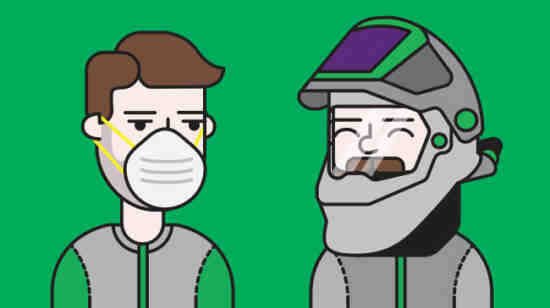
This article examines the cost of using a PAPR compared to N95 respirator, and how these add up in the long run.
Back to Articles & Resources View all PAPR (Powered Air Purifying Respirator) content
Looking for alternative forms of respiratory protection can be an incredibly intimidating process when you have only ever used N95s. With different assigned protection factors, filter efficiency and seemingly higher capital investments, making the switch to another type of respirator is not an easy decision. Here we take you through the performance and protection differences of PAPRs (Powered Air Purifying Respirators) compared to N95s as well as the cost break down so you can see the real cost of each type of respiratory protection.
How PAPRs work
A PAPR is a loose-fitting, positive pressure respirator. They provide respiratory protection by drawing in ambient air through a battery powered fan. As the air enters the unit, it goes through a filter, which removes particulates, pathogens, gases, and/or vapors. The air is then propelled to your breathing zone allowing you to breathe as you normally would. Because the air is being supplied into the head top at a greater rate than external ambient air can enter, there does not need to be a complete seal between you and the respirator.
On the other hand, N95s are tight-fitting and negative pressure. These work by creating a tight seal along your face and ambient air is filtered through the mask material by your lungs.
The benefits of PAPRs
First and foremost, PAPRs offer a greater level of respiratory protection over N95s. With an APF of up to greater than 1000 (depending on headtop) and the ability to filter up to 99.97% of particulates down to 0.12 microns (when compared to the 95% efficiency of N95s), these are proven to provide a greater level of protection. Because of this, they can be used in a wide range of industrial and healthcare applications.
- No fit-testing: Being a loose-fitting respirator means hoods used with PAPRs do not require fit testing, which is a significant cost saving to businesses. This also means that you are always getting the level of protection you require, even if your physical appearance changes through the growth of facial hair or through weight loss/gain.
- Positive pressure: Being positive pressure enables you to breathe as you normally would, therefore if you fail a pulmonary function test you can use these safely without putting additional strain on yourself or failing compliance. If you have an underlying respiratory disease, such as asthma or chronic obstructive pulmonary disease, you simply cannot operate a tight-fitting respirator safely. However, using a PAPR helps to support your breathing by reducing the effects of fatigue and preventing their symptoms from worsening.
- Incorporate multiple forms of PPE: Overall costs can be reduced as loose-fitting respirators can incorporate multiple forms of protection into one headtop, including hearing, eye, and impact protection. The one system approach enables all the safety features to work together, rather than several pieces of PPE competing for space on your head. Incorporating all of these elements it can reduce ongoing consumable costs and you get to experience a greater level of comfort while receiving superior respiratory and personal protection.
The real cost of N95s
A common misconception is that PAPRs are considerably more expensive than N95s and this belief has caused many businesses to put up with inferior respiratory protection for too long. On the surface, a $1000 PAPR with a headtop clearly has a significantly higher capital cost when compared to a $5 N95 respirator. However, the initial N95 cost is not a true representation of its actual cost to a business. These are single use and require both fit testing and pulmonary function testing annually which brings their costs up quickly.
Considering that these might be replaced as many as 5 times per day, costing up to $125 a week, over the course of a working year this number can easily reach upwards of $6000 per operator. Even if this were on the lowest end possible of 1 respirator per day, this would figure would still reach near $1200 PA for N95 usage alone.
We have created an N95 vs PAPR calculator so you can see for yourself just how much you could be saving by making the switch to a PAPR. We understand that switching to PAPRs might not be the best option for every business and our calculator will tell you that. But we’ve got a feeling there might be some money to be saved and better protection to be gained from making the switch!
Could you save by switching to a PAPR?
Find out hereWebinar
N95s vs PAPRs – The Real Cost
For further information check out our webinar recording exploring the real cost of using N95s compared to a PAPR.
RPB Powered Air Purifying Respirators

RPB PX5
The RPB PX5 is a compact and versatile PAPR that changes the way people experience clean filtered air across multiple industries.
View
RPB HX5
The HX5 is a robust PAPR, designed to withstand hazardous working conditions, while enhancing comfort and providing high quality respiratory protection.
View
